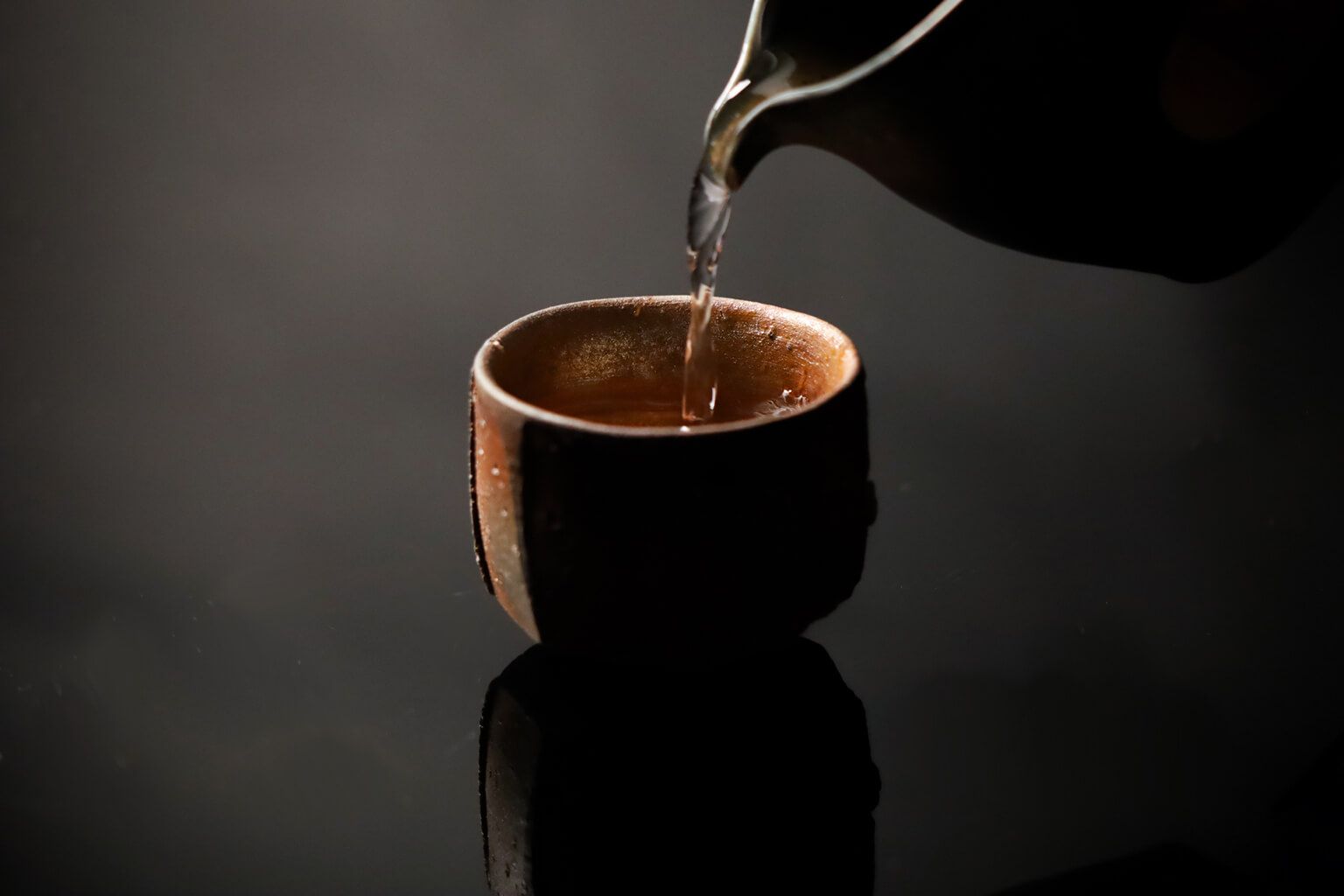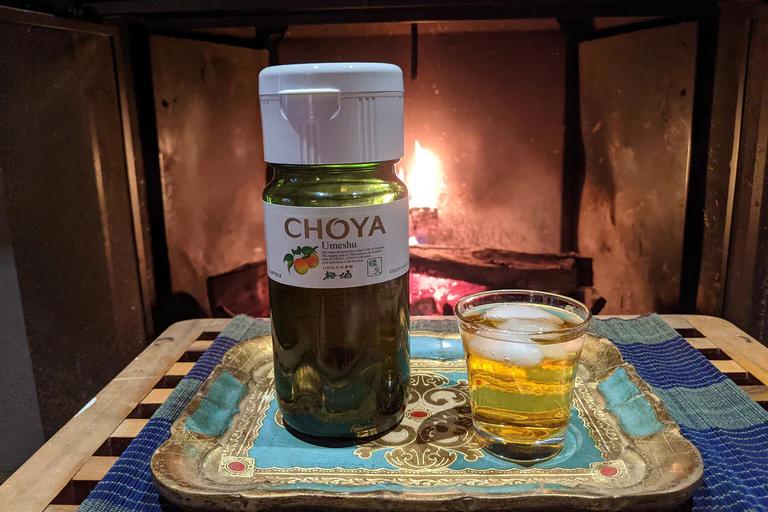There are many different statistics that can provide insight into the characteristics of a certain sake. At Tippsy, you can find these on each item’s product page. One of those helpful stats is sake meter value, or SMV. These numbers, which have either a positive (+) or negative (-) value attached to them, can help you understand how dry or sweet a sake might be. There are also numbers that reflect a sake’s acidity level. Taken together, this information can guide you in choosing the right sake for your taste. So let’s learn more about sake meter value and what you need to know to make your buying decisions!
What is sake meter value and what does it mean?
We’ve started to address the question “What does SMV mean?” The simplest answer is that the sake meter value indicates how sweet or dry a sake is. But there’s a little more to it than that, and this definition isn’t always foolproof. For starters, where do these numbers come from?
Many sources, like Japan’s National Research Institute of Brewing, state that sake meter value measures a specific sake’s “gravity.” What that really means is sake density, and that has to do with the residual sugars left over from the brewing process. Sake with more sugar content is more dense, which is why one can generally say that denser sake is sweeter sake.
SMV is measured by inserting a flotation meter into a container of sake at the temperature of 15 degrees Celsius (59 F). The measuring stick has numbers printed on it vertically, with negative values at the low end and positive values at the high end. These values compare the sake’s density to water’s density at 4 C (39.2 F). (Presumably, the difference in temperature is to compensate for the natural difference in density between alcohol and water.)
The measuring stick will sink or float to different heights depending on how dense the sake is, hence the term sake gravity. The stick will float more in denser sake, so the liquid line will reach a negative value. Alternatively, the stick will sink in less dense sake, and the liquid line will reach a positive value. That’s why negative values indicate sweetness (more sugar), and positive values indicate dryness (less sugar). Zero SMV means that the sake’s density is equivalent to that of water, and is neutral in terms of dryness and sweetness.
Sake with high SMV: Kirakucho “Super Dry”
You can learn a lot about a sake from its name. Many dry sake with a high SMV value will be called “Extra Dry” (or in Japanese, “karakuchi”). In the case of this junmai ginjo by Kita Brewing Company, the brewery went with the name “Super Dry” to convey its SMV of +14. It has notes of citrus that give off fruit flavors and a slight bitterness.
Sake with low SMV: Kikumasamune “Kinushiro” Nigori
Nigori is a sake type that is generally known for its cloudy appearance, noticeable mouthfeel and often, sweetness. Fittingly, many nigori sake have low sake meter values. Kikumasamune “Kinushiro” is one such example, with an SMV of -40. You’ll understand why when you’re enveloped by flavors of luscious banana and melon!
What is the acidity level of sake? Why SMV isn’t the whole picture
Earlier, we mentioned that knowing a sake’s SMV isn’t a completely foolproof way of understanding how sweet or dry it is. There are a few reasons for that, including factors such as alcohol content, glucose, amino acid value and acidity. At Tippsy, you’ll find that our interactive taste metrics grid measures SMV in relation to acidity to help give you a better idea of what a particular sake tastes like.
Why is acidity important? It’s possible for a sake to have a low SMV but a relatively high acidity level. If that’s the case, the strength of the acid can minimize the perceived sweetness of the residual sugar. On the other hand, a sake with a high SMV might seem less dry if its acidity level is low. That’s why Tippsy takes both of these values into account when sorting sake into taste categories.
Sake with high acidity: Homare “Yuzu”
Homare “Yuzu” has an astoundingly low SMV of -72! Yet while this yuzu sake is sweet, it has an acidity level of 14.7. That high amount of acid comes from the natural tartness of the yuzu fruit. To balance out that acid, the brewery has added a natural sweetener to give the final product its desired taste. Umeshu (plum wine) such as Ichinokura “Himezen” Ume often have similar numbers for the same reason.
Sake with low acidity: Toko “Ultraluxe”
Toko “Ultraluxe” by Kojima Sohonten is a junmai daiginjo with an SMV of 0. Its acidity level is 0.8. This combination of values puts it in Tippsy’s Light & Sweet category. Conversely, a bottle like Kenbishi “Mizuho” with the same SMV value but a higher acidity level of 1.7 is sorted into the Rich & Dry category. This is an example of how acidity can affect overall taste.
Tippsy’s 4 types of taste profiles
We sort sake into four taste categories based on sake meter value and acidity: Light & Dry, Light & Sweet, Rich & Dry, Rich & Sweet. (Keep in mind, these are not the same as sake grades.) Here are some bestselling examples of each taste profile.
Light & Dry: Hakutsuru “Junmai Ginjo”
With an SMV of +3 and an acidity level of 1.3, Hakutsuru “Junmai Ginjo” has a dry but gentle finish. It is smooth and clean with floral and melon notes. Drink it chilled or at room temperature.
Light & Sweet: Kizakura “Hana Kizakura”
The nature of this delightful sake is reflected in the bottle’s soft pink color and floral label design. It’s actually made with yellow cherry blossom yeast, which you can definitely pick up on when you taste it! With an SMV of -8 and an acidity of 1.1, this junmai ginjo is sweet but easy to drink.
Rich & Dry: Tengumai “Junmai”
This earthy, nutty, buttery junmai is made using the traditional yamahai method. It’s dry and full bodied, with an acidity of 1.9 and an SMV of +4. Drink it warm or at room temperature with hearty meals such as meat-based dishes.
Rich & Sweet: Kurosawa “Nigori”
This sake is a creamy nigori with a sweet melon taste. It has an SMV of -40 and acidity of 2. You know that saying about how milk is better for spicy foods than water? That’s also true of nigori! Enjoy this bottle from Kurosawa Brewing Company with dishes like curry noodles or buffalo wings.
How to pick the best sake to start with, based on SMV and acidity
For new sake drinkers, we always recommend beginning with well-balanced brews and getting progressively more adventurous from there. Look for a sake with an SMV between -5 and +5 and an acidity of under 2.
With an SMV of +2 and an acidity of 1.8, Shichida “Junmai” is a solid example of a nicely balanced sake within this range. This Saga prefecture sake can also be served at various temperatures, which makes it an excellent bottle to experiment with! Check out our Sake Guide for more bottle recommendations for beginners.
Understanding sake, little by little
There are so many factors that shape a sake’s final flavor. SMV and acidity can help you decipher how dry, sweet, strong or gentle a sake is, and Tippsy’s interactive taste metrics on each product page make it that much easier.
But there are other aspects to consider too, such as rice type and polishing ratio. Learning more about these topics by exploring our Sake Guide and blog articles will aid you in your selection process. Eventually, you’ll be able to read sake like a book!
References:
https://www.nrib.go.jp/English/sake/pdf/sl_e.pdf
https://www.nrib.go.jp/English/sake/pdf/guidesse01.pdf
https://www.mtcsake.com/sake-education/2015/5/5/what-is-meant-by-the-smv















